Ireland’s Skellig Michael–one of the world’s most stunning ancient spiritual sites, and probably my favorite place in the world–is under threat. Blame Luke Skywalker.

Remote and inaccessible, Skellig Michael was an ideal site for solitude-seeking Celtic monks.
From the sixth to 12th centuries, a small band of intrepid Celtic monks made this remote, rocky island seven miles off the western coast of Ireland’s County Kerry a safe haven for their most important activities: prayer and meditation among the silence and solitude.
“Two-thirds of piety consists in being silent,” states the Rule of Ailbe, one of many monastic rules collected in Uinseann O’Maidin’s excellent book, The Celtic Monk.

The fictional Millennium Falcon zooms toward the ancient island of Skellig Michael.
But the island’s calm quiet hasn’t been quite the same since Luke Skywalker’s Millennium Falcon landed here in Star Wars: The Force Awakens. Now, unprecedented numbers of movie fans are visiting this sacred site, which is often impossible to reach due to big ocean waves and swells.
Ireland tourism officials welcomed the exposure as “a truly unique opportunity” to highlight the region’s charms, but others worry the sacred island– a Unesco World Heritage site–will be trampled.

Students of Peter Harbison learn about the island’s legacy.
Before The Force Awakens awoke these movie fans, most visitors came here to study and experience the island’s 1,000-year monastic legacy. During one visit, Lois and I stumbled across legendary Irish historian Peter Harbison, who was visiting the island with students.
But according to a report on CBS News, thie new breed of Skellig tourists cares more about seeing the “set” where movie scenes were filmed than they do the island’s rich history.
“We thought it would be fun to come out here and pretend that I was Luke Skywalker,” said one dad, while his daughter pretended to be Rey, a new female character (see: http://starwars.wikia.com/wiki/Rey).
Only 180 people a day are able to visit the island during its May-to-September season, and thanks to Star Wars all 2016 slots are spoken for.
Far Out!
Here’s how Lois and I described the island in our Irish travel guide, Celtic Journeys:
Tradition tells us Skellig Michael (the name combining the Irish word for rock with the name of the archangel believed to bless high places) was founded by St. Finan sometime between the sixth and eighth centuries, and when this single-minded monk chose a site for his monastery, he selected one of the most inaccessible, most inhospitable, most amazing sites the world has ever known: a steep, rocky island eight miles out in the Atlantic off County Kerry’s southwestern tip.
Then as now, wind and waves can render the island totally inaccessible for weeks at a time. This can be frustrating for the modern-day tourist. We’ve had many of our attempts to reach the island foiled when locals like Des Lavelle, who is the acknowledged living expert on the island’s history, folklore and wildlife, refuse to offer boat trips to the site out of deep respect for the huge ocean swells which make landing on the island impossible. One other time, we did manage make it to the island, but the journey was nauseating, the landing was treacherous, and the wind and rain–which caused droplets to speed horizontally so they hit us in the face like tiny bullets–made it impossible to fully appreciate the island’s beauty, although it did increase our respect for the place’s hardy former inhabitants.
These monks wanted to be alone and otherworldly, which was becoming increasingly difficult at some of the mainland Irish monasteries, many of which were evolving into hubs for bustling monastic cities. Priority number one was settling in a spot where their meditations on God wouldn’t be interrupted, either by curious visitors or by the trappings of the world.
A World Apart
Skellig Michael sits where the Atlantic’s Gulf Stream approaches the rocky coast of Ireland, and is wracked by winds, and battered by waves that have gathered strength during their 2,000 mile journey from the shores of Newfoundland. But the very conditions that can frustrate today’s visitor gave security to the Celtic monks whose quest for silence and solitude took them to a place writer George Bernard Shaw said possesses a “magic that takes you out, far out, of this time and this world.”
The site features half a dozen drystone “beehive” huts, all of which were originally constructed without mortar by the monks, who spent years selecting and delicately placing the stones. Inside each hut two monks would have lived, slept, studied, and prayed. These “soul friends” also confessed their sins to each other
The monks’ amazing monastic complex is located some 550 feet above sea level. Reaching the complex requires climbing 600 rocky steps. Two Americans have fallen from the island to their death.
 Unexpected Visitors
Unexpected Visitors
The island’s ruggedness and inaccessibility have helped preserve its ancient remains, making Skellig Michael one of the world’s best preserved example of early Christian architecture. The remote site has long attracted visitors.
Beginning in the 820s, Viking raiders sacked the island, and they would continue to do so on and off for much of the next three centuries. More recently, Loreena McKennitt included a song entitled “Skellig” on her bestselling 1997 recording, The Book of Secrets.
Centuries after Ireland’s Celtic monasteries were founded, the monks’ search for stillness of soul and calmness of surroundings speaks volumes to us about our own noisy lives.
Skellig Michael has survived for centuries. Let’s hope it survives its sudden fame.







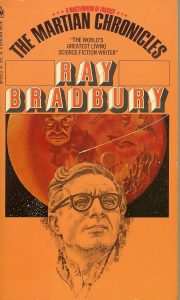


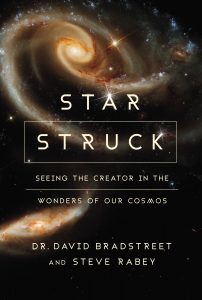


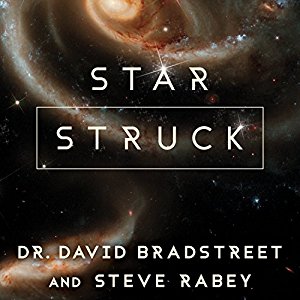

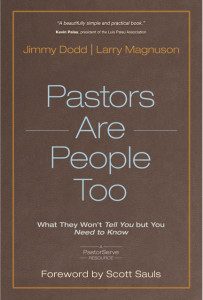
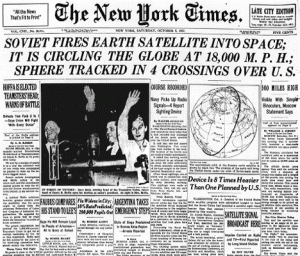 It was the “Beep, beep” that changed the world 59 years ago Tuesday.
It was the “Beep, beep” that changed the world 59 years ago Tuesday.
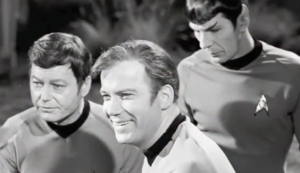

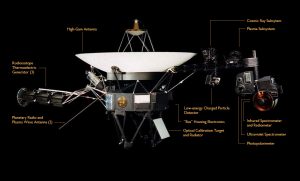
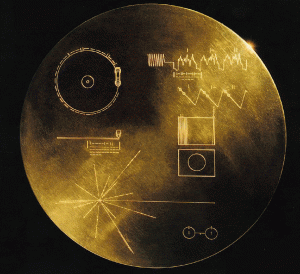


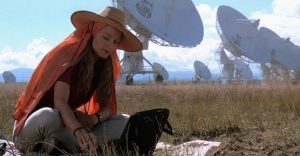





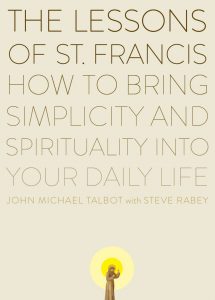
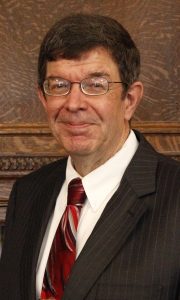





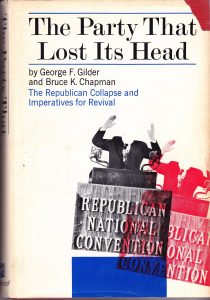




 The planet is a turbulent, gaseous giant with no solid surface but plenty of activity. Juno will use scientific devices to see through Jupiter’s clouds and even analyze its core.
The planet is a turbulent, gaseous giant with no solid surface but plenty of activity. Juno will use scientific devices to see through Jupiter’s clouds and even analyze its core.


 Unexpected Visitors
Unexpected Visitors


